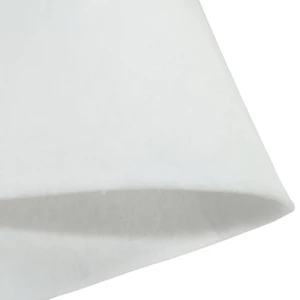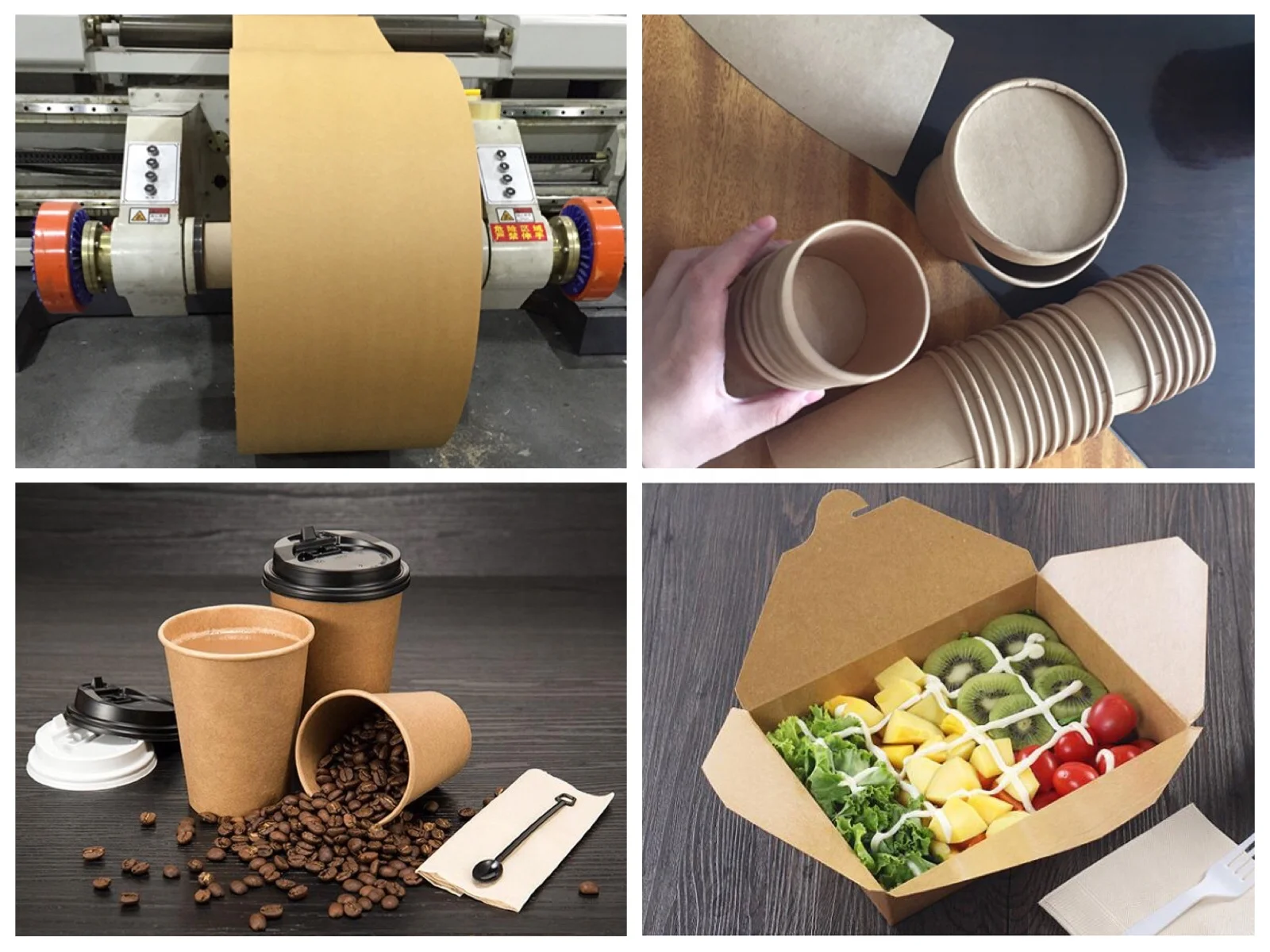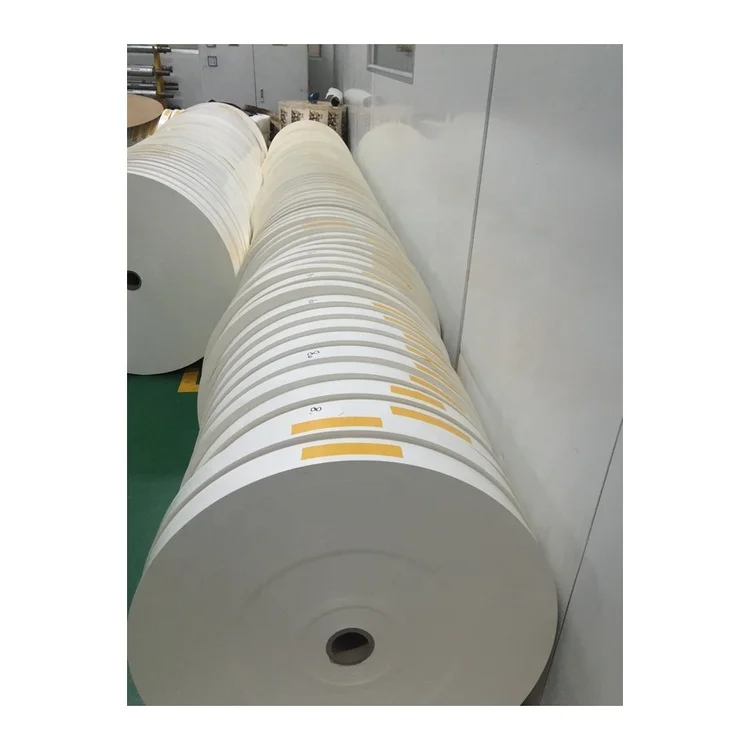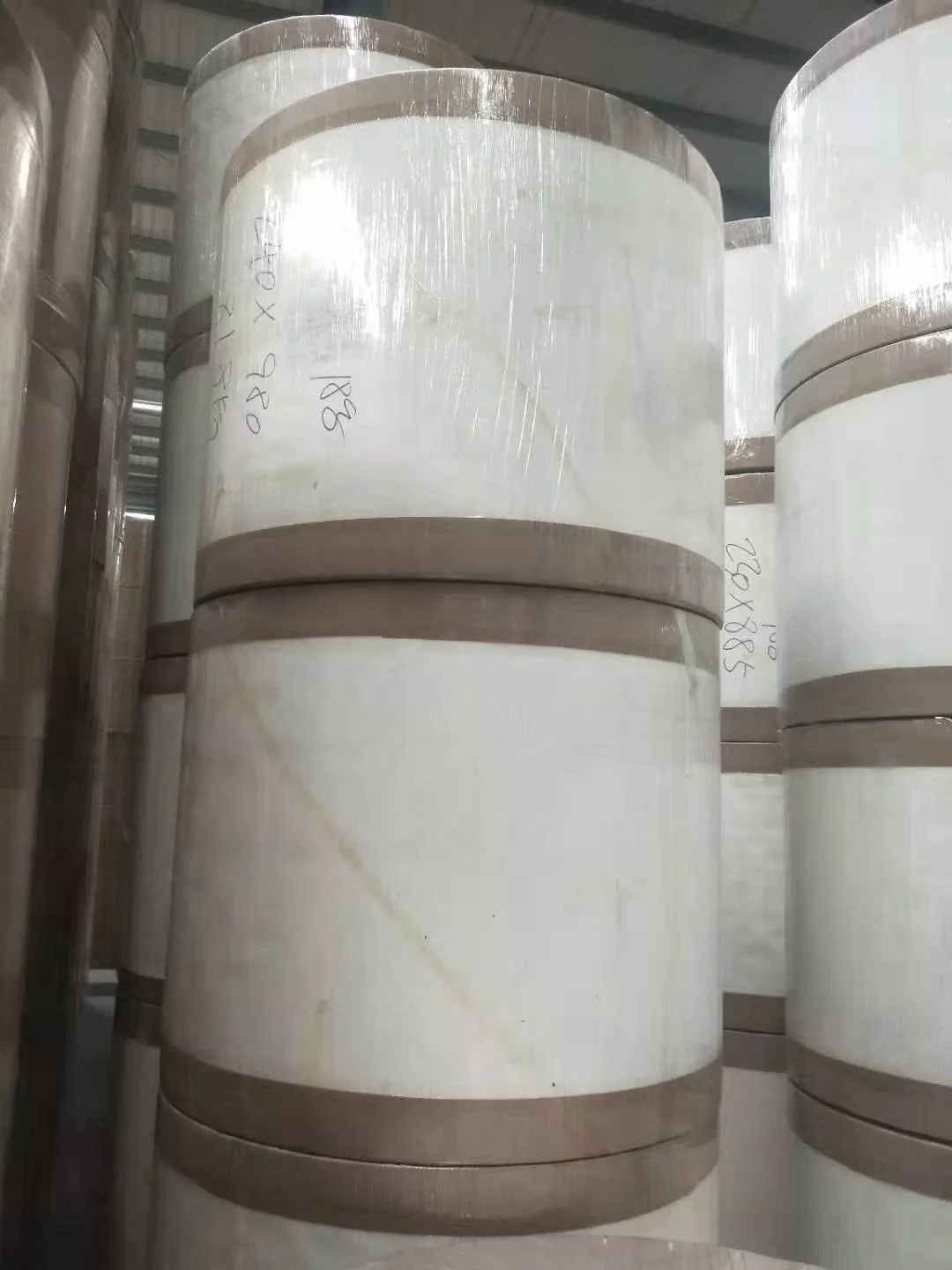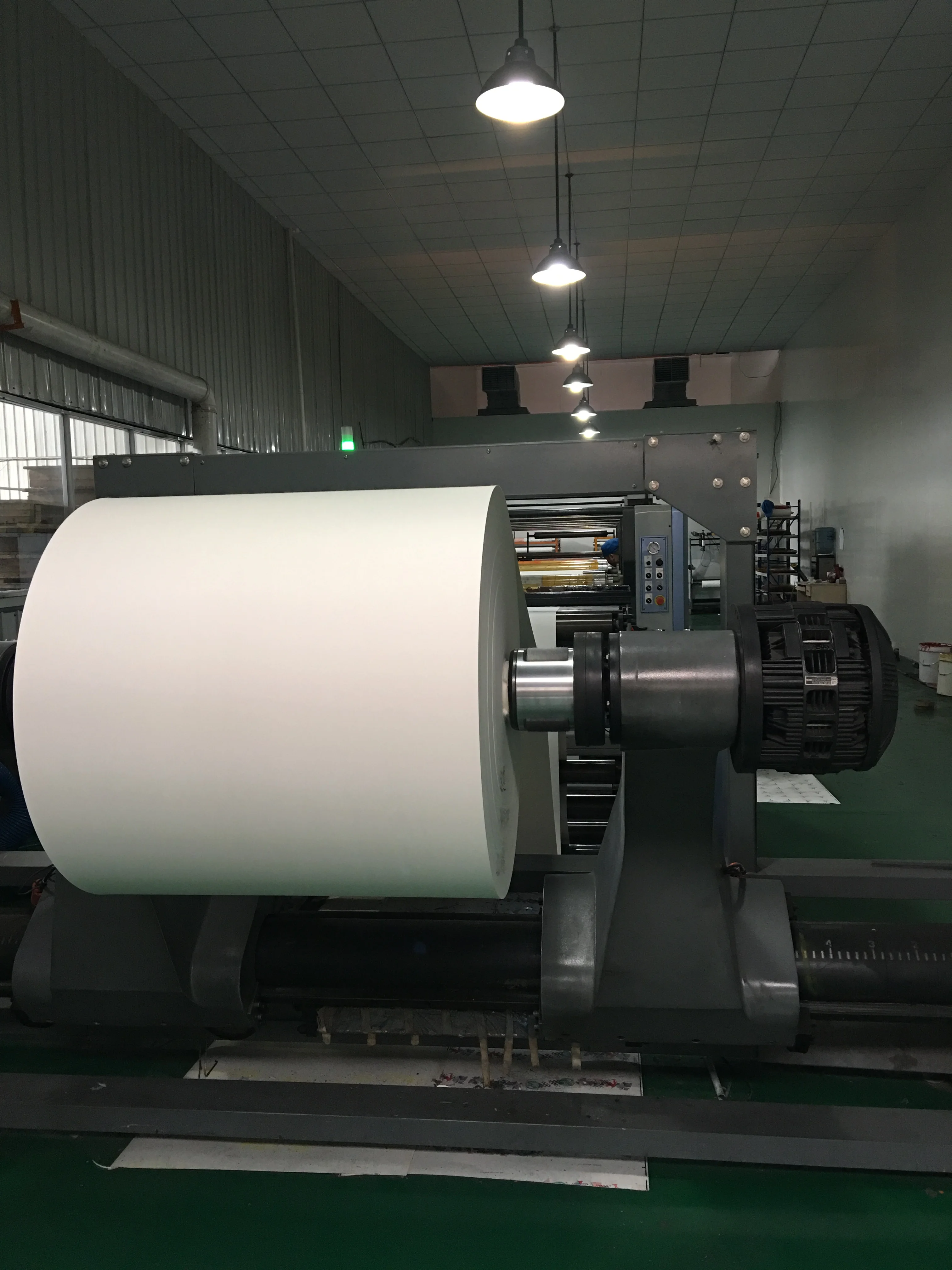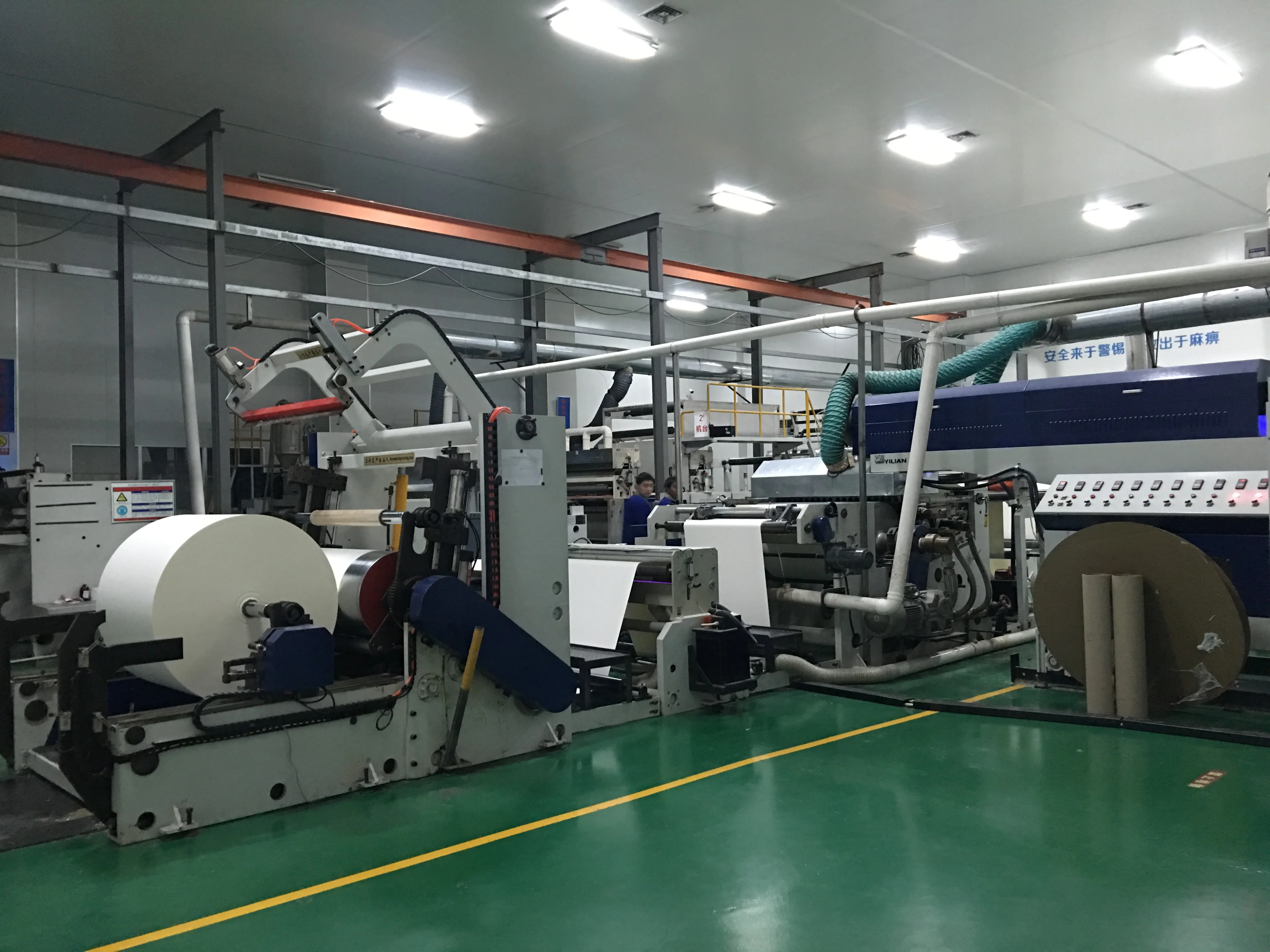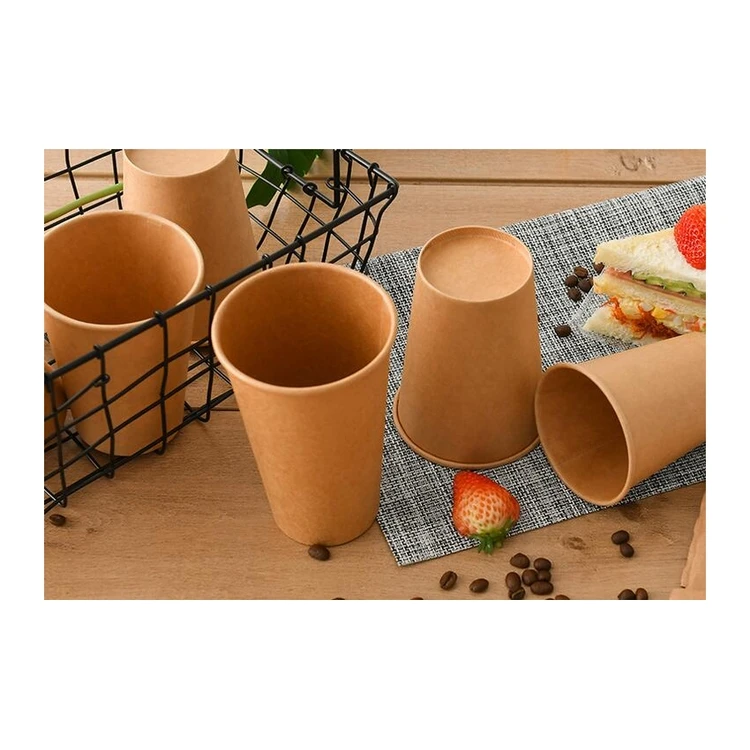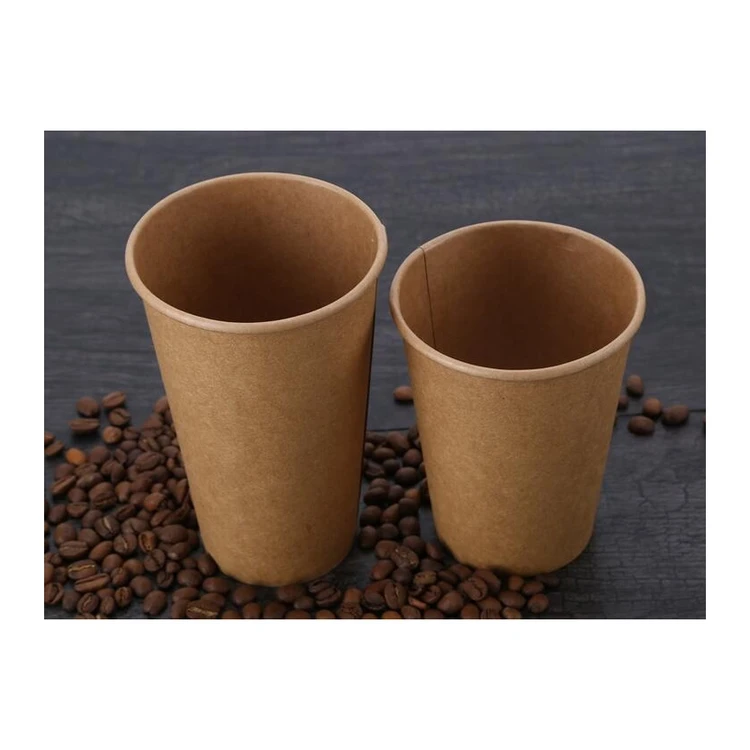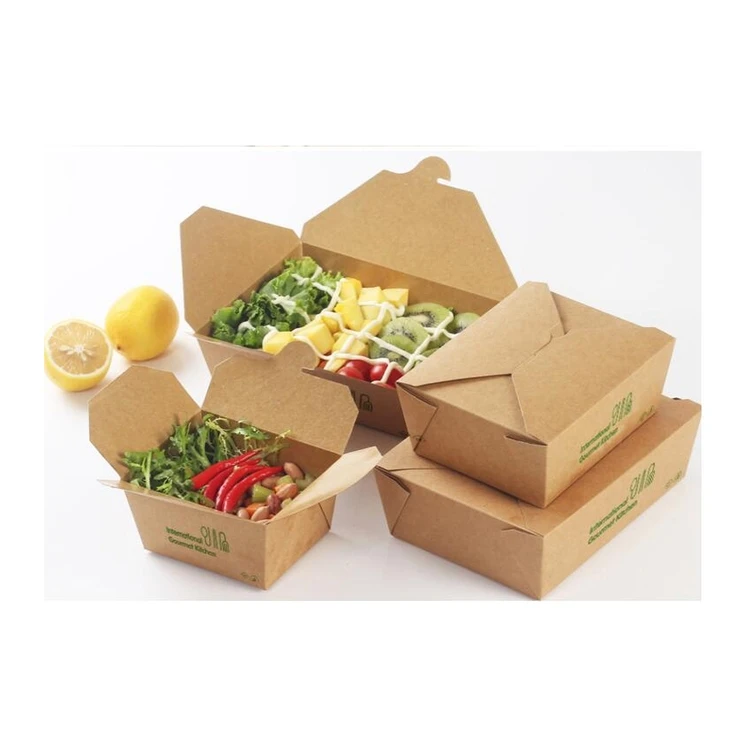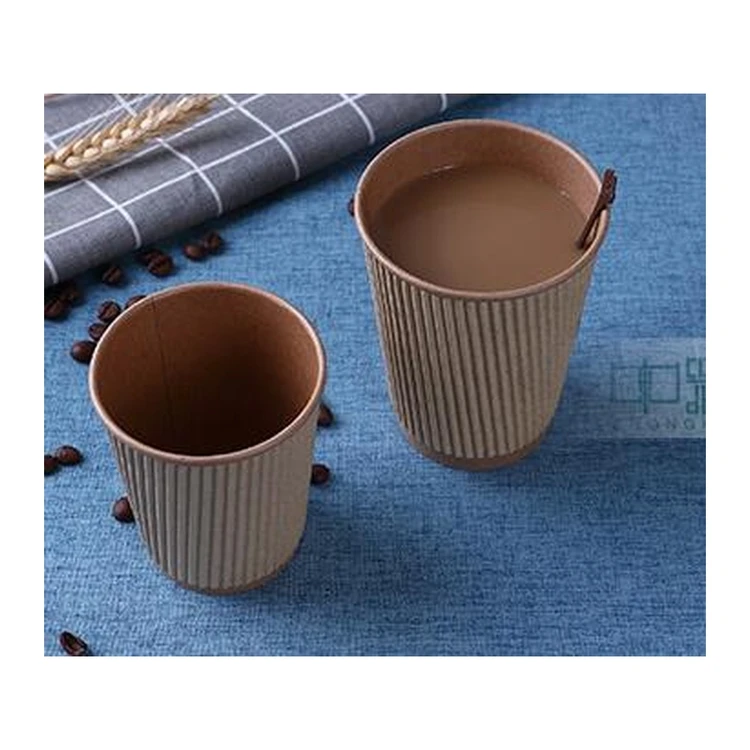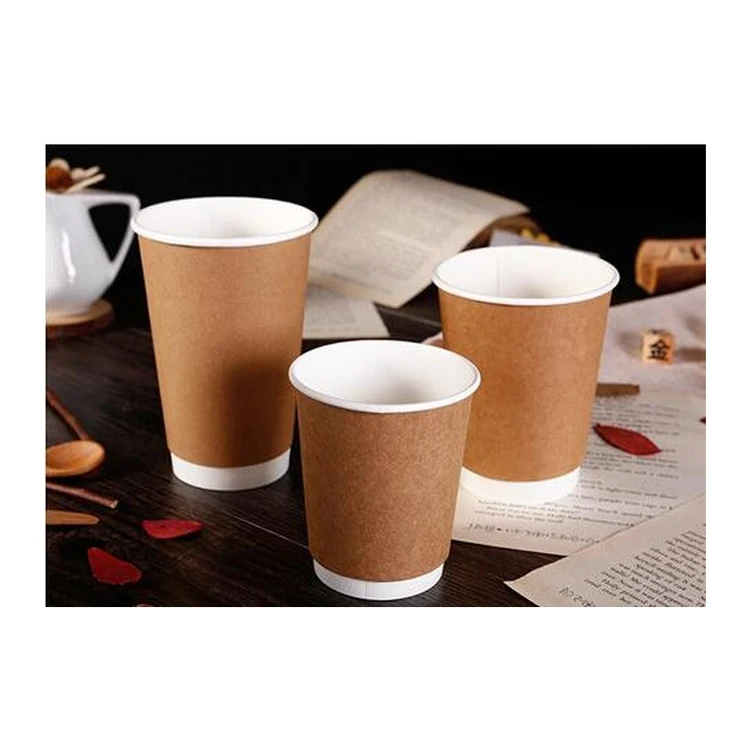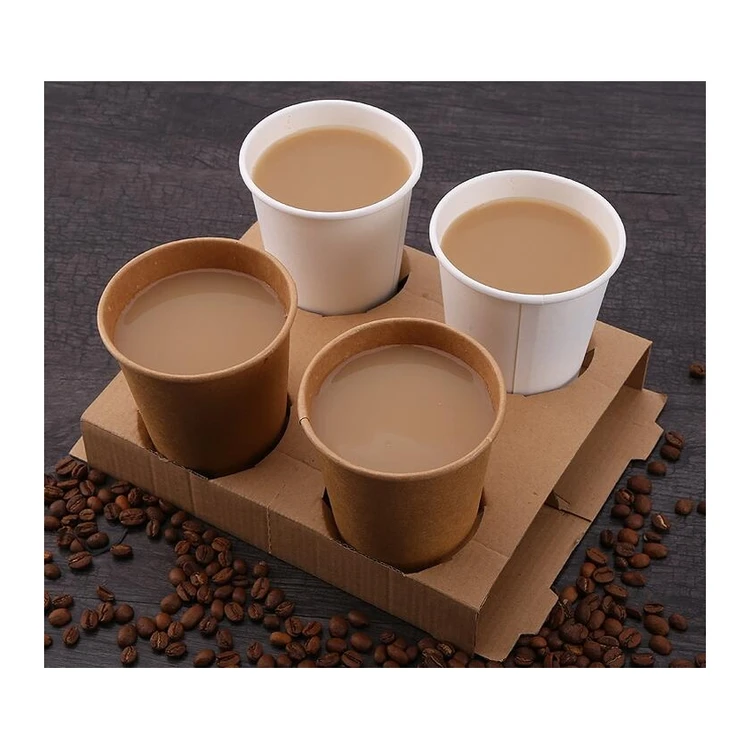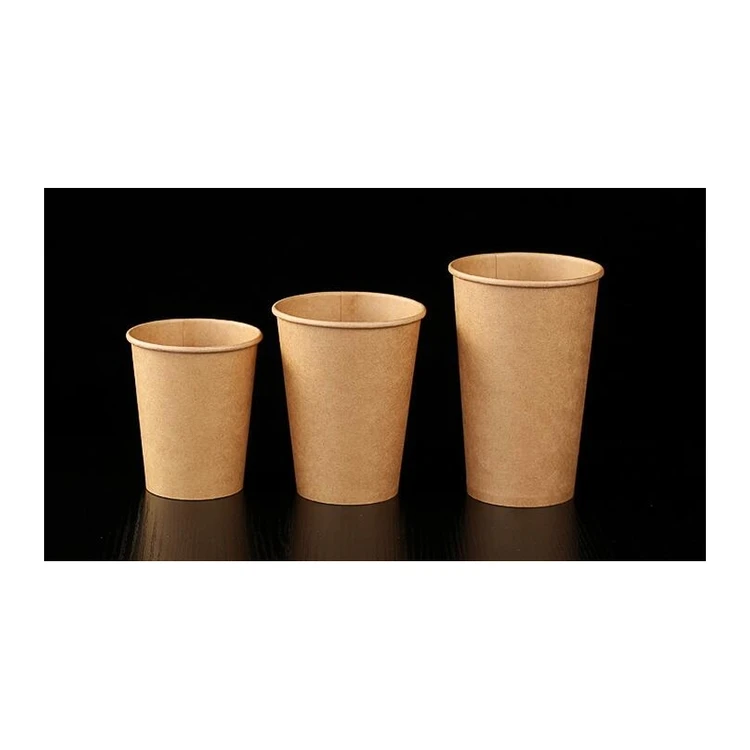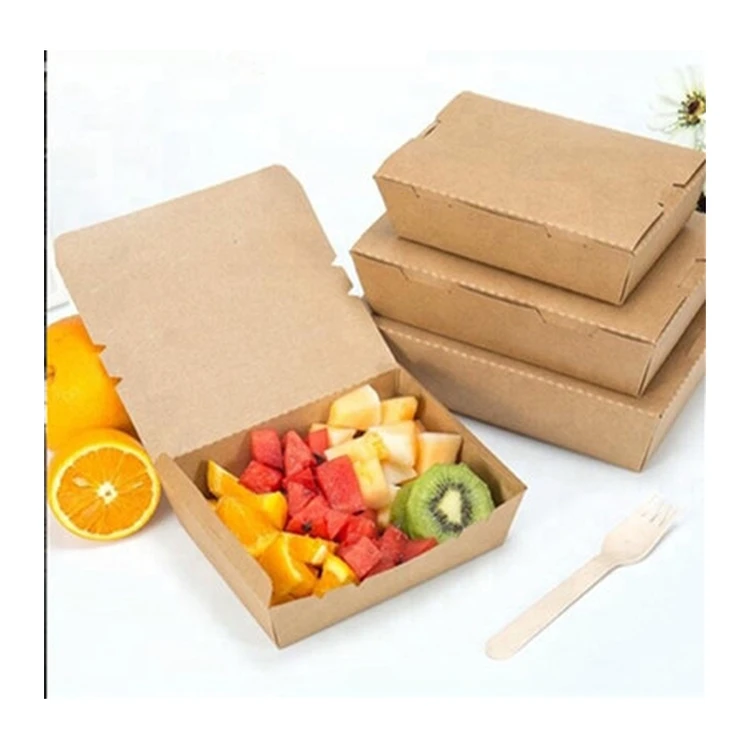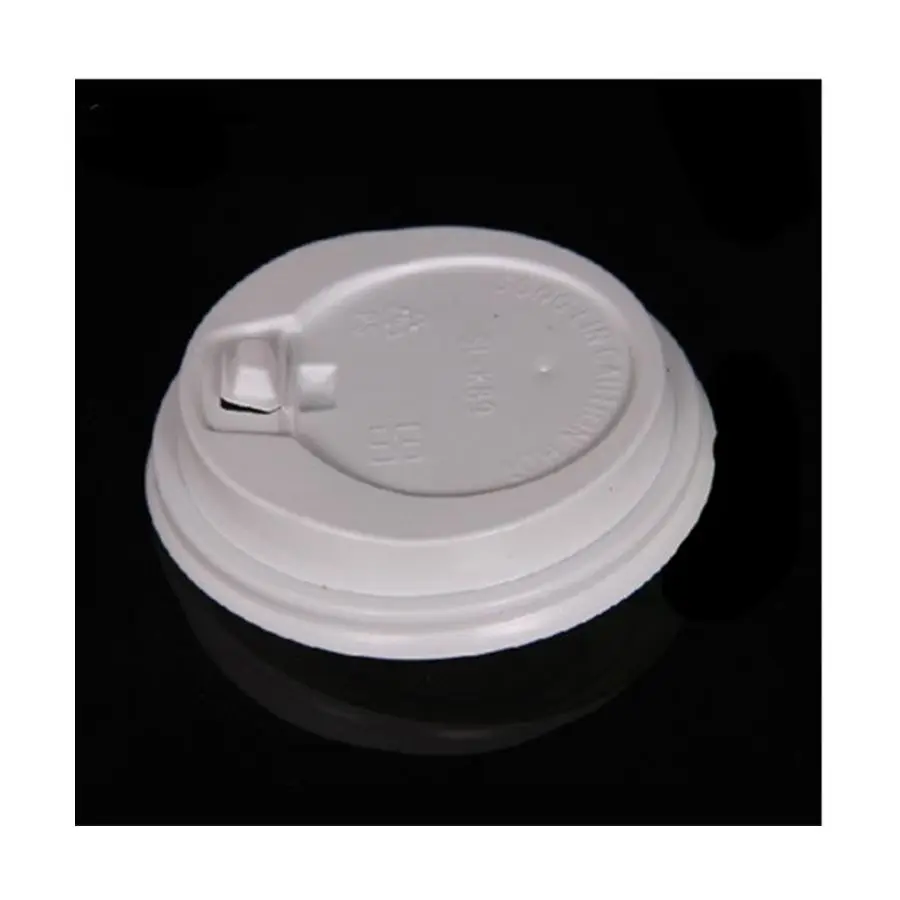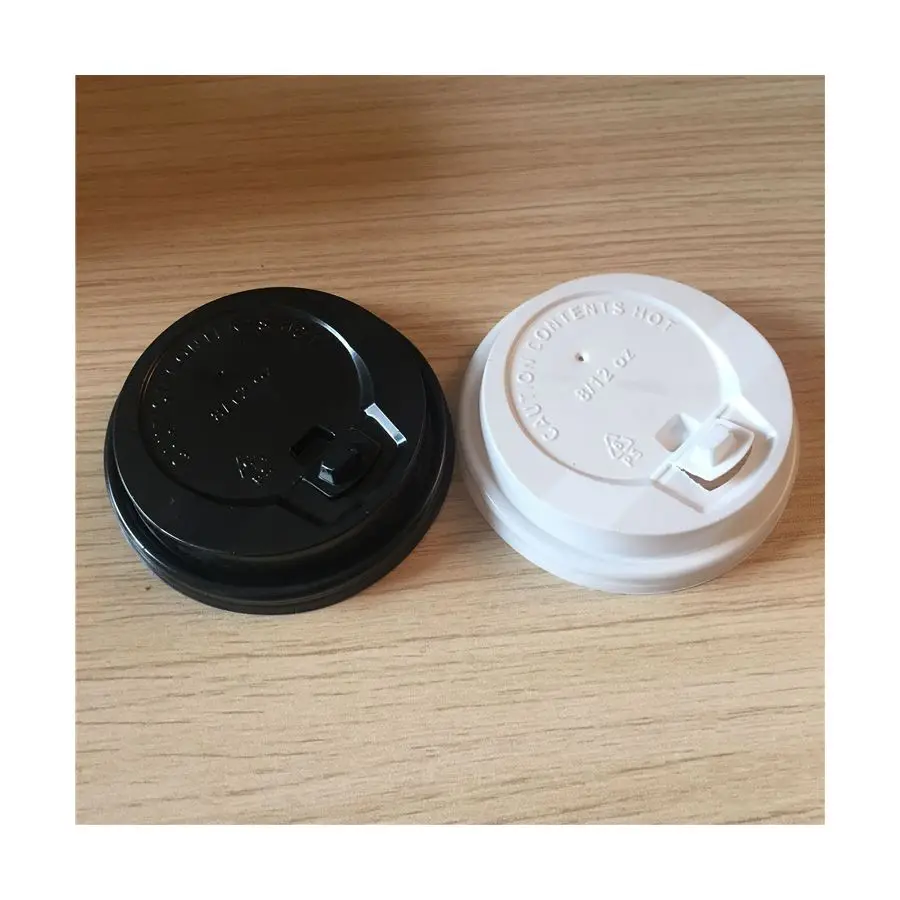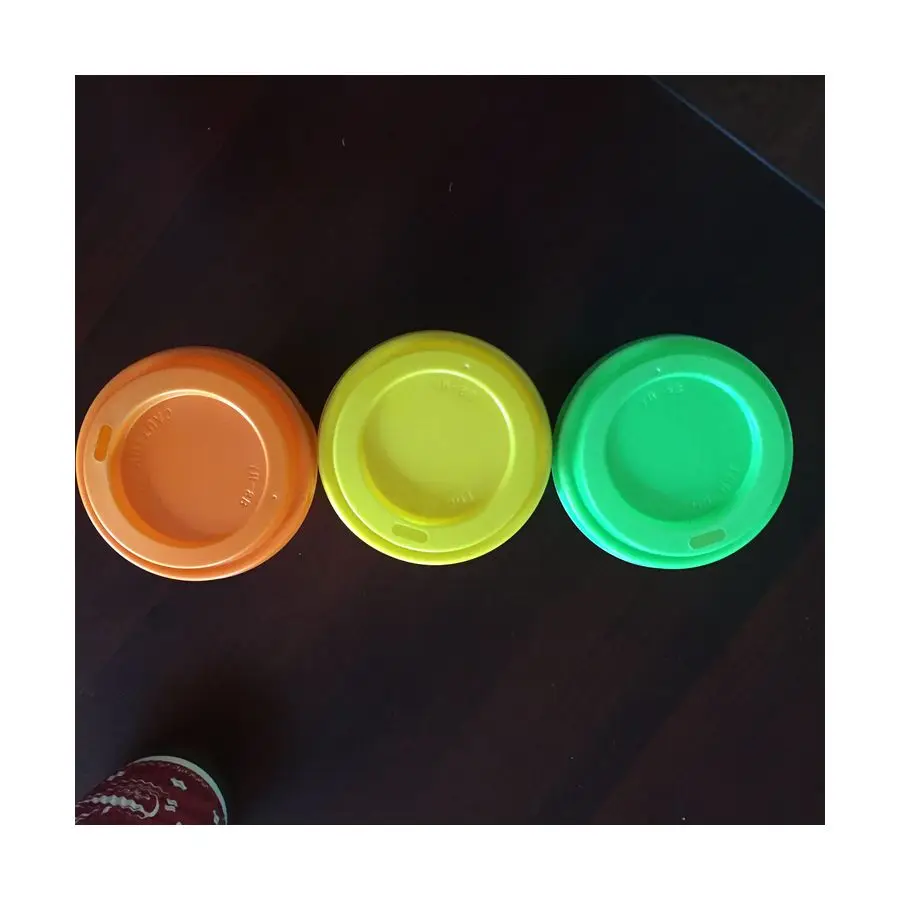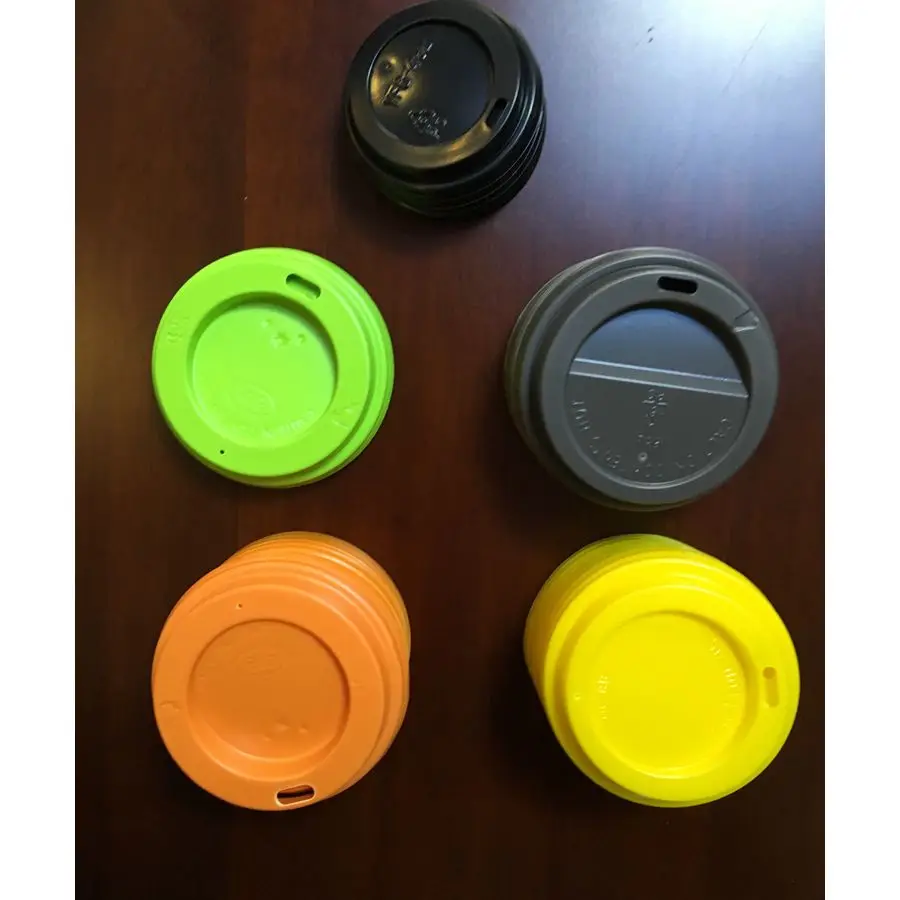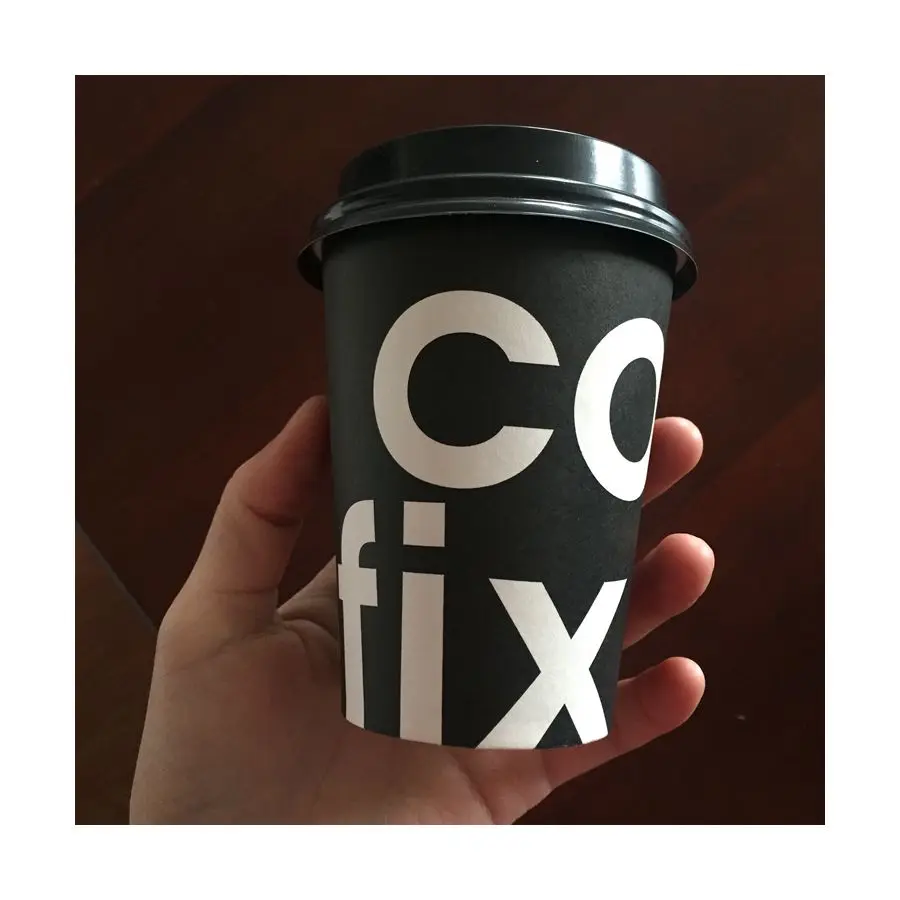Everything You Need to Know About Pulp for Packaging & Printing
In the world of fashion and beauty, sustainable packaging is no longer optional—it’s a necessity. Pulp, a versatile material derived from wood or recycled fibers, has become a cornerstone for eco-friendly packaging and printing solutions. Whether you’re a brand owner or a buyer, understanding pulp can help you make informed decisions that align with sustainability goals.
How to Find Reliable Pulp from China in 2025
China remains a global leader in pulp production, offering competitive pricing and high-quality materials. To find reliable suppliers:
- Check certifications like FSC or PEFC to ensure sustainable sourcing.
- Request samples to test material quality and consistency.
- Verify supplier credibility through platforms like Alibaba or industry trade shows.
What Buyers Should Know Before Buying Pulp from China
Before placing an order, consider these factors:
- Moisture content: Affects durability and printing quality.
- Fiber length: Longer fibers offer better strength.
- Customization options: Some suppliers offer tailored solutions for specific packaging needs.
Types of Pulp
Pulp comes in various forms, each suited for different applications:
- Bleached Pulp: Ideal for high-end packaging due to its bright, clean appearance.
- Unbleached Pulp: A more eco-friendly option, often used for rustic or natural-looking packaging.
- Recycled Pulp: Made from post-consumer waste, perfect for brands emphasizing sustainability.
Functions and Features of Pulp
Pulp is prized for its:
- Biodegradability: Breaks down naturally, reducing environmental impact.
- Versatility: Can be molded into various shapes for custom packaging.
- Printability: Accepts inks and dyes well, making it ideal for branded packaging.
Scenarios of Pulp
Pulp is widely used in:
- Cosmetics Packaging: For eco-friendly lipstick tubes or compact cases.
- Fashion Tags: Replace plastic tags with sustainable pulp alternatives.
- Gift Boxes: Luxury brands use pulp for high-end, recyclable gift packaging.
How to Choose Pulp
Selecting the right pulp depends on:
- Application: Match the pulp type to your packaging needs.
- Budget: Recycled pulp may cost less but check for quality consistency.
- Supplier Reputation: Opt for suppliers with proven track records in your industry.
Pulp Q & A
Q: Is pulp packaging durable enough for luxury products?
A: Yes, high-density pulp can match the durability of plastic while offering a premium feel.
Q: How does pulp compare to plastic in cost?
A: While initial costs may be higher, pulp reduces long-term waste management expenses.
Q: Can pulp be used for food-grade packaging?
A: Certain food-safe pulp varieties are available, but always check certifications.
Q: What’s the lead time for custom pulp packaging from China?
A: Typically 4-8 weeks, depending on design complexity and order volume.
Q: How can I verify a supplier’s sustainability claims?
A: Request third-party audit reports or certifications like FSC to ensure compliance.



